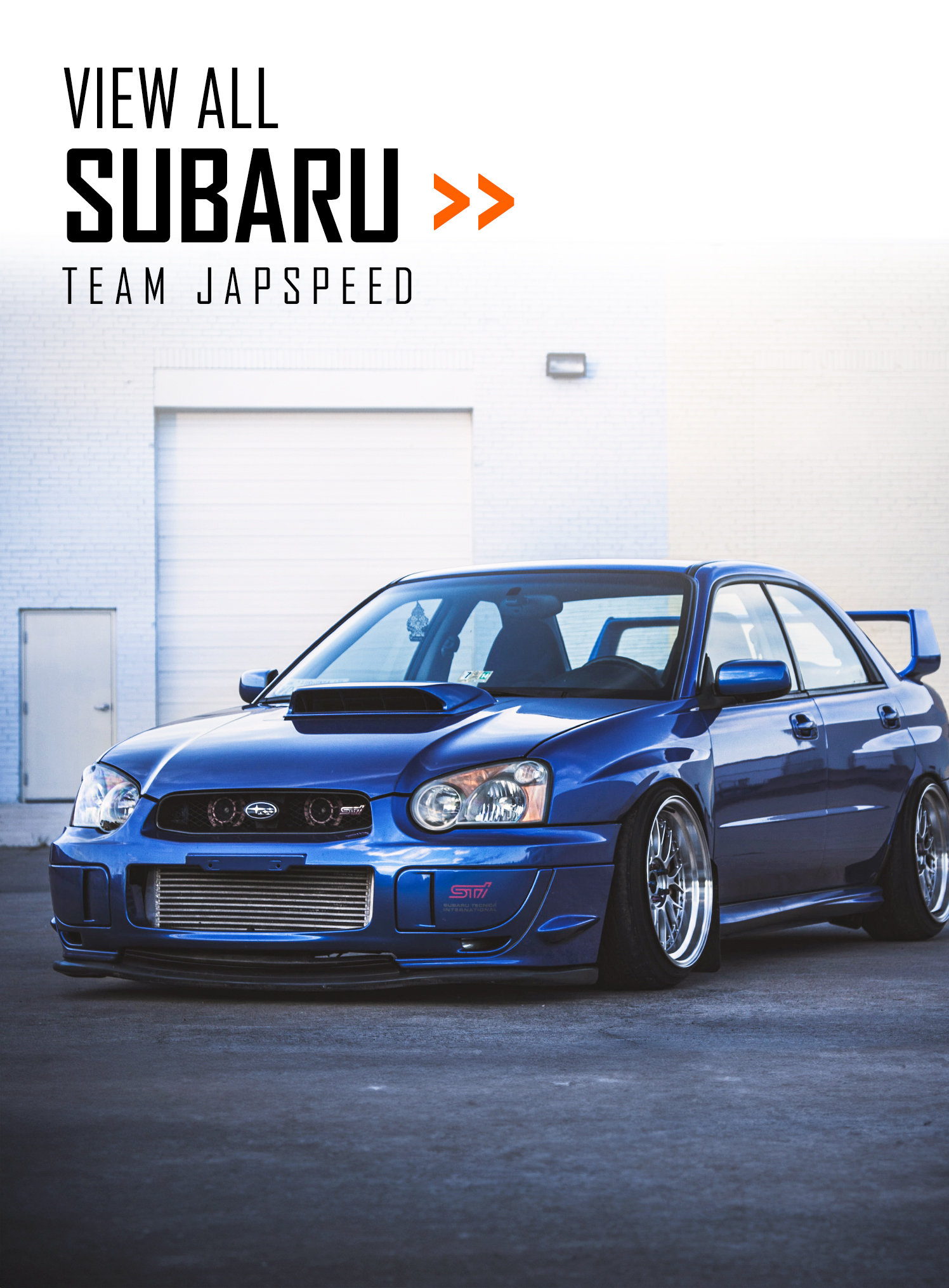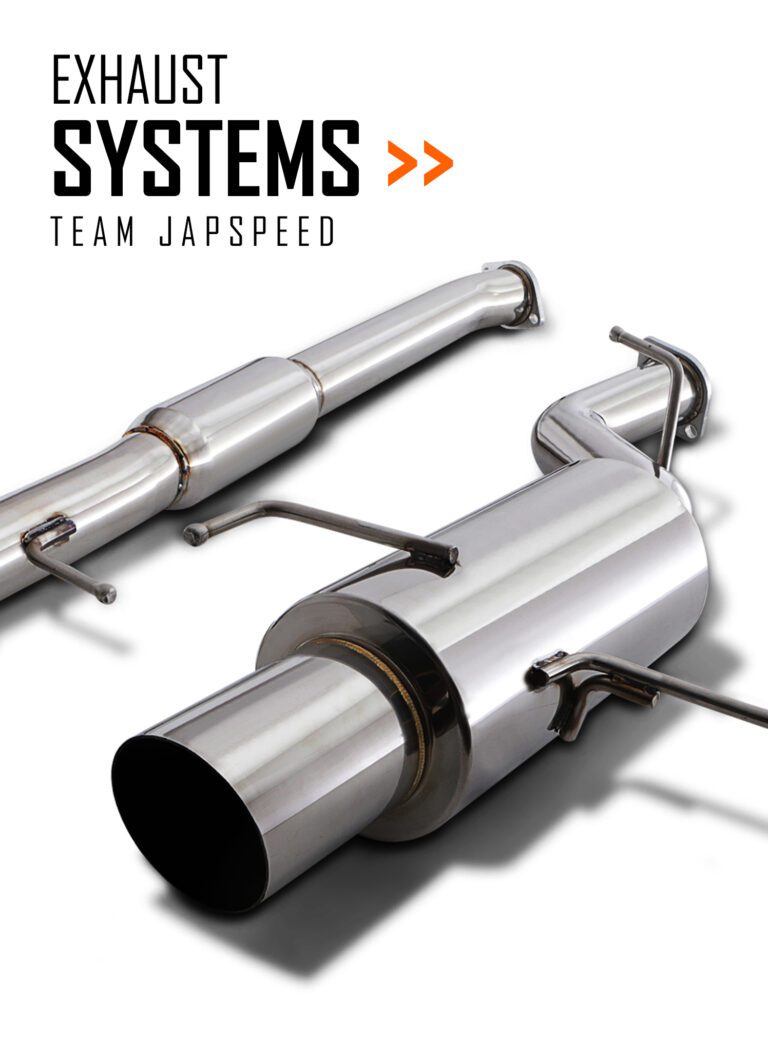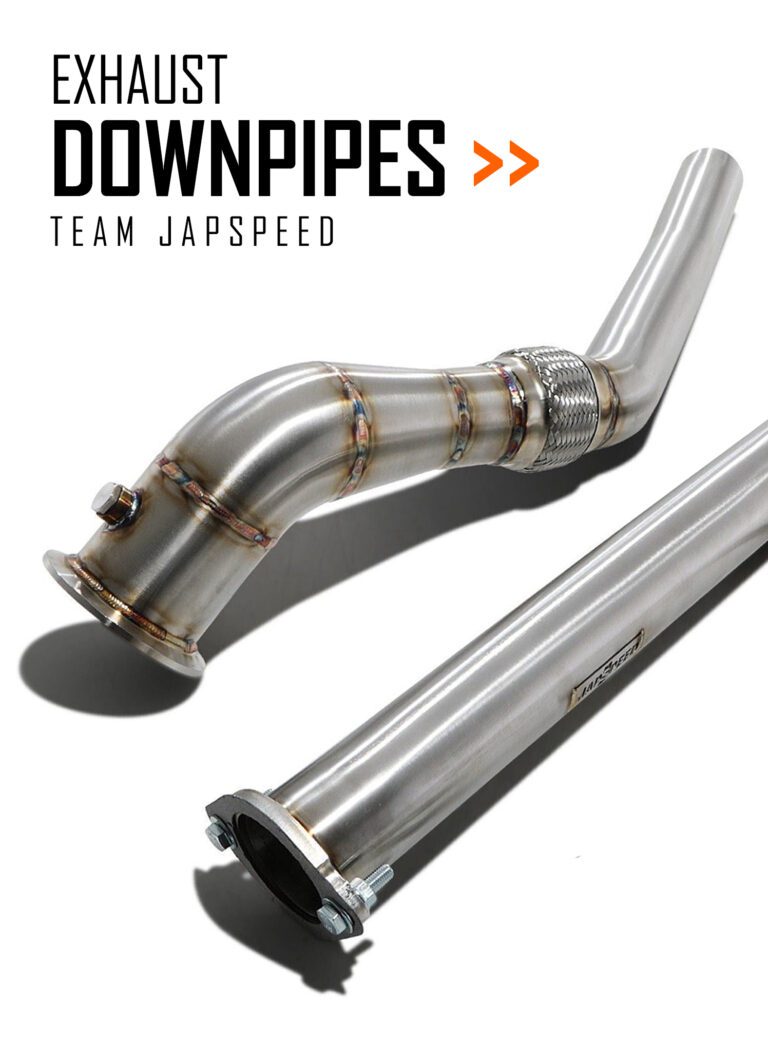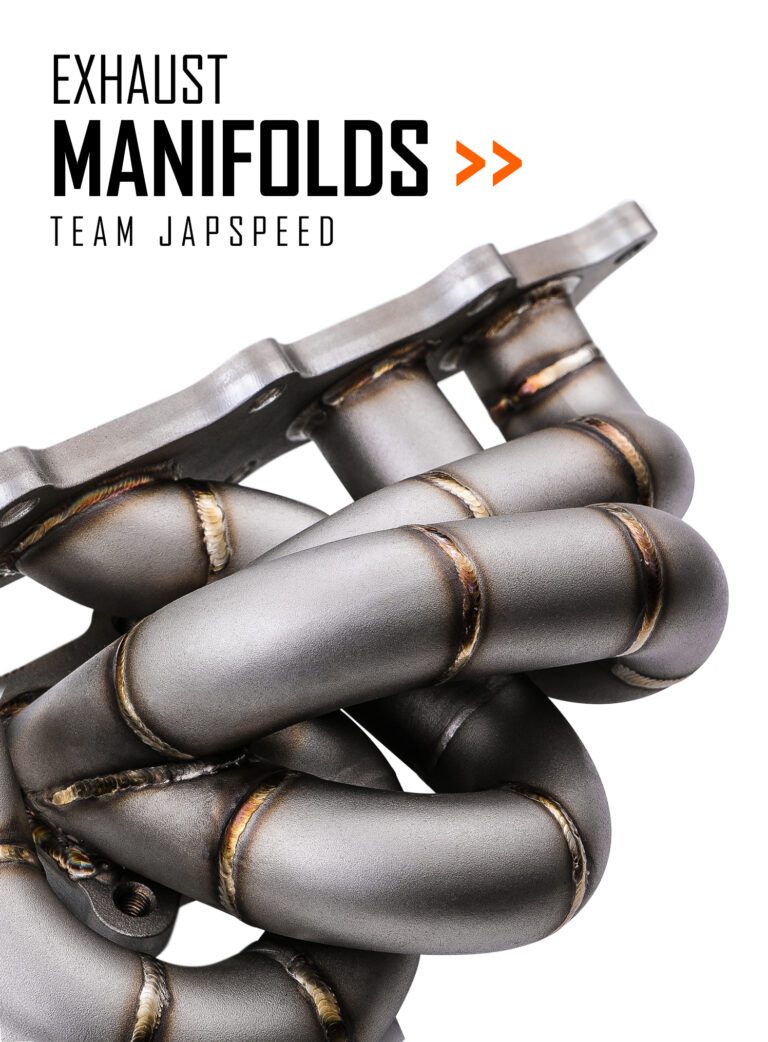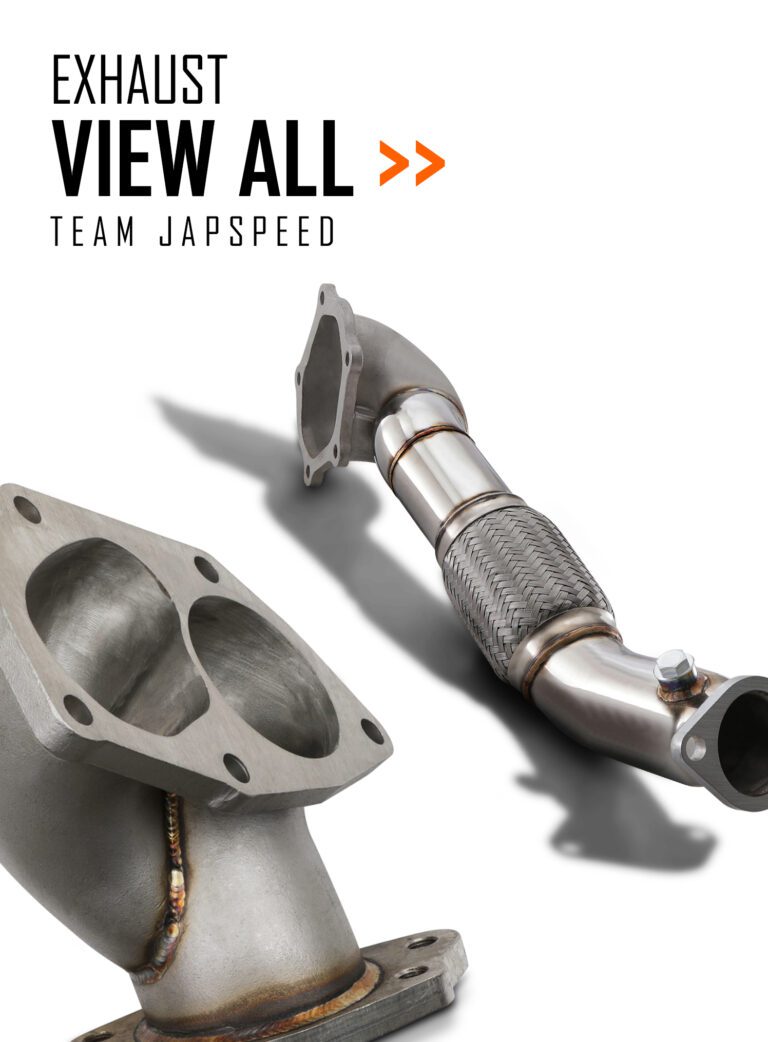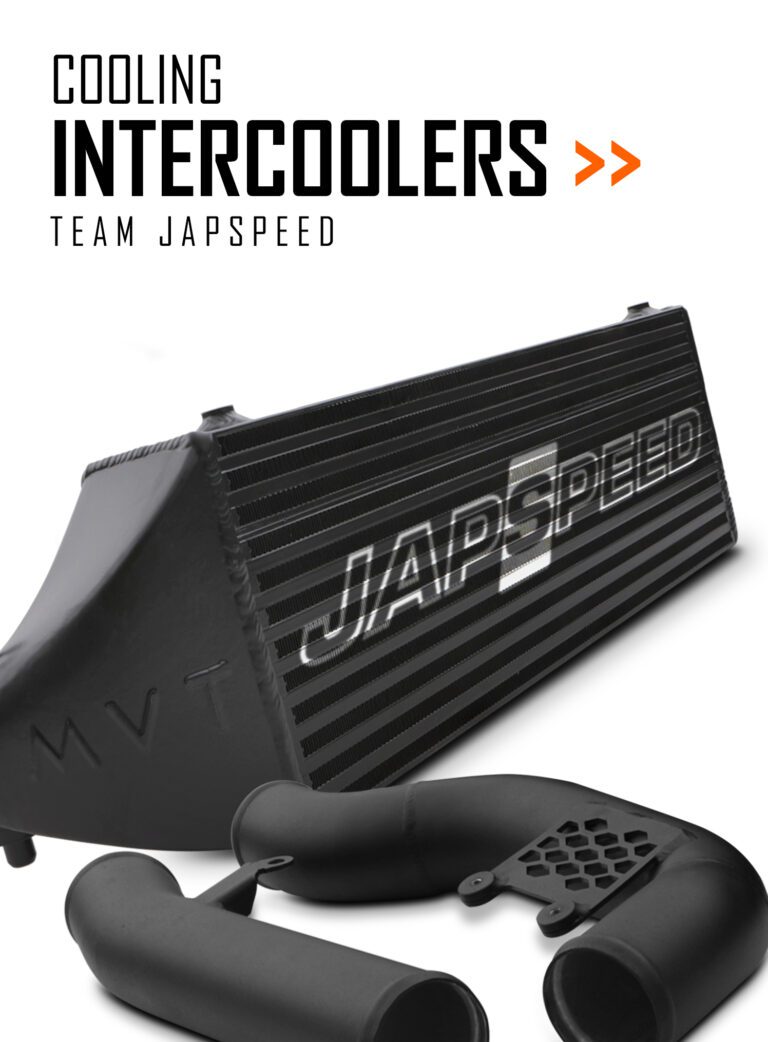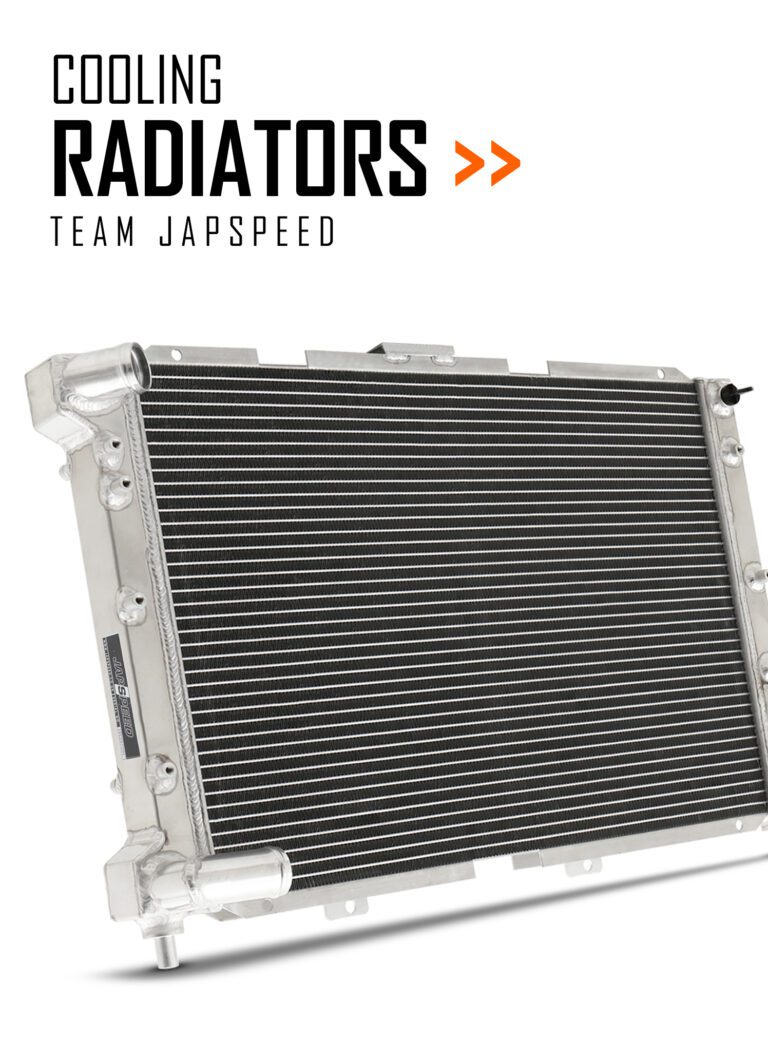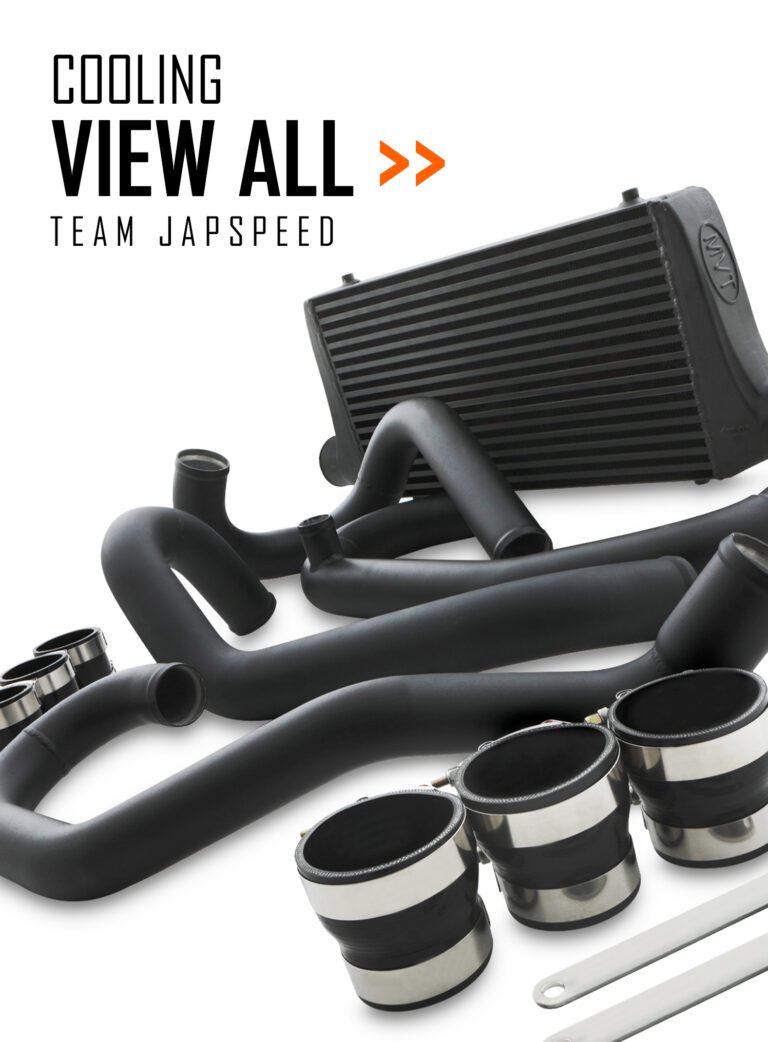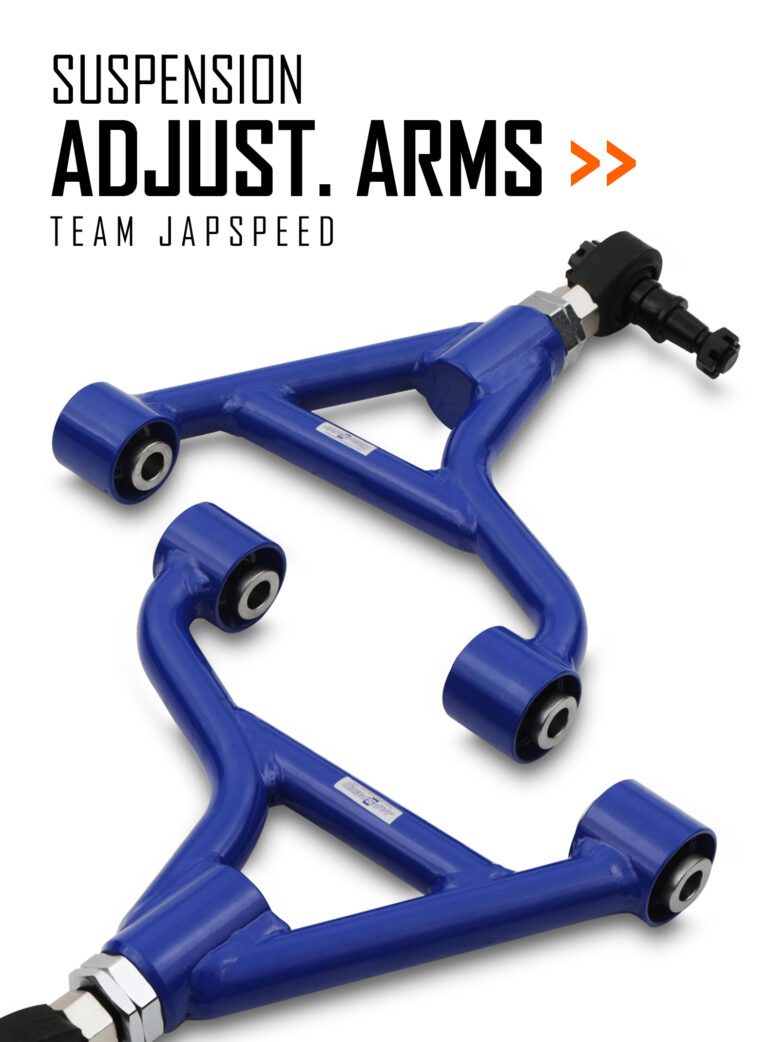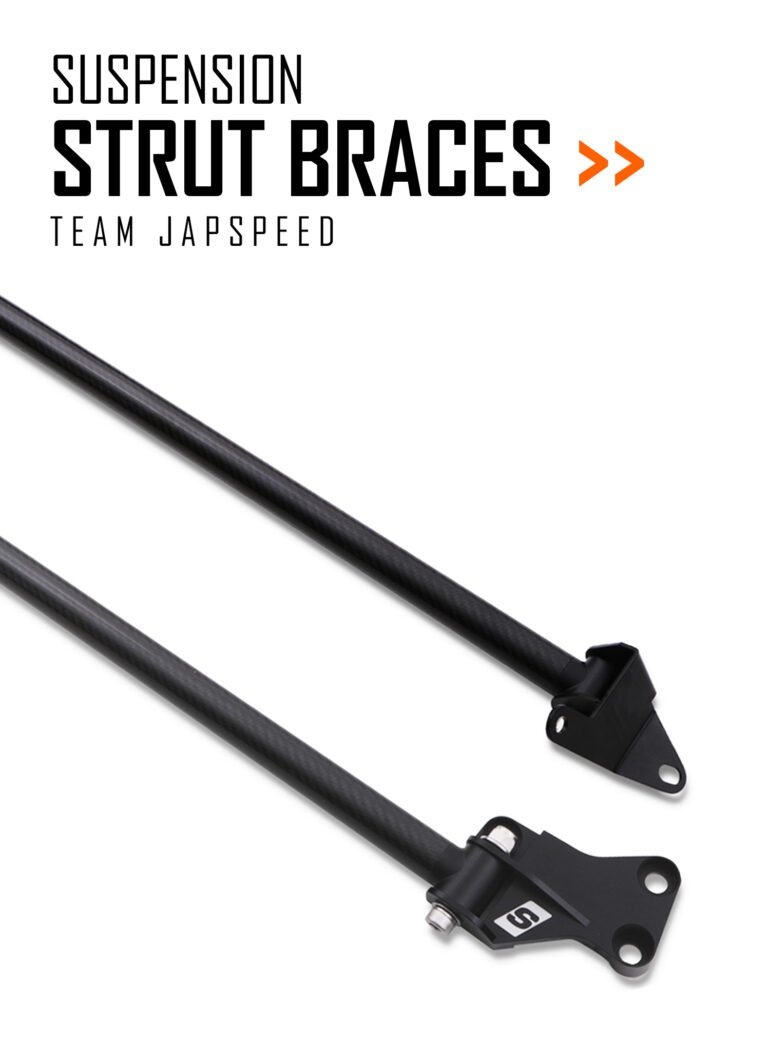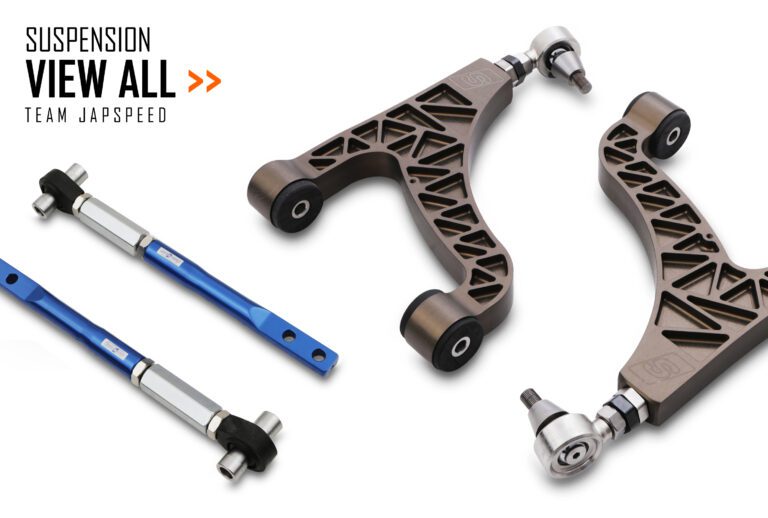Japspeed VH45 Nissan 370Z: Part 2!
Moving swiftly on from our first installment and we’ve been making great progress on our 370Z build. With a deadline having been set of the Autosport show in January we’ve had our work cut out so far but every day we’re getting another step closer to our goal.
With the shell having been returned from SW Motorsports and the engine, gearbox, rear subframe and radiator having been test fitted, we cracked on with reinforcing the shell further. With the shell loaded onto the spit Ant set about seam welding the body in the pursuit of optimum rigidity.
Another area that we needed to address was the sump as the original didn’t clear the subframe sufficiently and left us with an engine sitting around 20mm higher than we wanted. After taking a few measurements we decided on what we wanted and left Matt to work his magic in SolidWorks.
Fast forward a few hours and this was the end result – a high capacity baffled sump laser cut from 3mm steel.
Putting the engine and drivetrain aside for a second and another important area to address was the suspension setup that we would be using. While in America there a few options available for the Z34, here in the UK aftermarket suspension components for the 370Z are extremely thin on the ground. Enter Robbie and Steven from the highly acclaimed TDP of Ireland.
With our shell on the ramp Robbie and Steven set up their highly complex 3D modelling arm to measure the space within the Z34’s wheel well to try and determine how much room there was to work with our chosen wheel and tyre size. The video below shows some of the process that the TDP guys went through to get the measurements they required.
Robbie took the measurements back to Ireland with him so he could set to work on developing a complete front steering package for the car, similar to the highly competitive kits that they have produced for other Nissans in the past.
With the necessary dimensions taken it was now time for us to move on to the next stage of shell preparation – to get it electrostatically primered! The car was taken back to Ribble Technology to ensure that every last nook and cranny was primered and ready for paint – with the shell having already undergone such an extensive preparation procedure we thought it best we go the full hog and not cut any corners at this important stage.
With the car back from being primered we couldn’t help but take a few minutes to stand back and admire the shell in its current state as it sat on the spit.
Test fitting the dash and other surrounding pieces of trim was the next step and this was a stage of the build we really wanted to get right. Race cars with custom dashboards, bespoke panels and switches and cut offs everywhere certainly look cool, but there’s something extra special about a track focused car that still retains the original dash and trim fittings.
With the Quaife shifter fitting perfectly through the original hole in the shell it was no problem to line up the centre console and leather gear gaitor to the rest of the dash. The original cupholder also remains, which we’re sure Shane will make good use of with a can or two of Monster.
Moving back to the dash and, as much as we wanted to retain the factory sat nav as a novelty item, it was removed in favour of the digi dash display which was mounted on custom brackets.
The dial pods are a trademark feature of 350Zs and 370Zs and we didn’t want to remove these if we didn’t have to. With the central rev counter gauge remaining, we carefully removed the fuel gauge and speedo and retro-fitted the Quaife gear selector LCD display and the touchscreen Toucan unit that will be used to control ECU settings on the fly.
We were chuffed with the end result and definitely feel that these few touches of luxury will add to the car’s charm. The aim is to retain as many of the factory switch and button holes as possible, albeit with different functions to what they were originally intended. The factory Engine Start button will still be in use too!
Up next was seam sealing which meant the removal of the interior and the shell being loaded back onto the spit.
With the seam sealing completed we moved onto undersealing the underside of the shell to help protect it from the inevitable track debris and gravel it will be exposed to.
And with that done it was finally time for one of the most important stages – paint! We went with a nice silver for the interior and the underside – nothing too bright and in-your-face but not too dark so as to hide some of the finer qualities of the fabrication.
With the paint dry it was time to start the dry fit and push on with getting the car assembled. Stay tuned for Part 3 of the build but for now here’s a quick sneak peek of what we’ve been up to!




